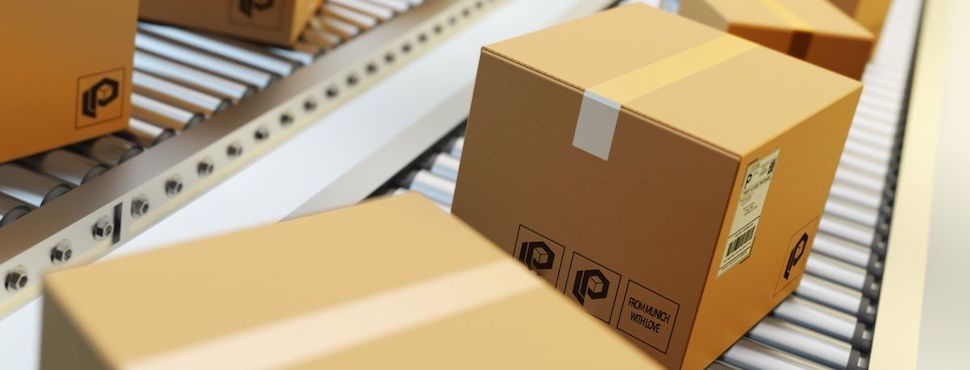Ask any retailer what the most important part of their online retail strategy is, and I bet the phrase ‘optimal shopping experience’ comes up. Retailers claim they want to offer their customers an optimal shopping experience, but sadly few deliver on this promise. Many think the customer experience ends at checkout and leave their customers to fend for themselves during delivery, which causes major issues as this is in fact the most emotional phase of the journey. It can often have a huge influence on whether customers will order from the retailer again – or take their money elsewhere.
One of the major problems in online retail – as we found in various UK studies we have carried out and something that was brought to the fore again in our most recent ‘E-Commerce Shipping Study 2020 – German Edition’ – is that a huge proportion of retailers fail to take control of their Track & Trace pages. They are copping out and instead entrusting this key customer touchpoint to a third-party carrier. As a result, retailers have no control over what information is shared with their customer at what time.
It’s not unusual for customers to buy from more than one online shop at a time. This means that often they can be waiting for multiple packages to arrive and will receive links to a tracking page for each. This is particularly problematic if these parcels are sent with the same carrier, such as DHL or Hermes, at the same time. Often it is impossible to decipher which link belongs to which package. What if one parcel was more important than another? The customer is faced with a minefield of emails to try and work out which tracking page belongs to which package.
The result? Either a very frustrated customer who has spent time searching through emails for the right link, or an inundated customer service line dealing with WISMO (Where is my order?) enquiries. Both of these outcomes could be easily avoided.
Continuing with this scenario, once the customer has worked out which tracking page belongs to which parcel, it is still often not clear when it will actually arrive. Plus, delays are rarely communicated by carriers. The retailer has very little control over which information is shared as they usually don’t know what is happening with the package either. This can be very frustrating for both parties and again causes a great deal of strain on customer service lines. This can also be avoided.
Going back to our ‘E-Commerce Shipping Study 2020 – German Edition’, nine of the top 100 German online retailers do not include a tracking link in their shipping communication. Although this is a slight improvement to the previous study we conducted in 2018 (13 retailers), really this number should be zero. Tracking information is so important to customers, so by leaving it out, retailers are creating unnecessary stress during the most emotional stage of the customer journey – providing an experience that is far from ‘optimal’.
The study also found that 61% of shops rely on the carrier to provide track & trace information. Again, this links back to what I said earlier – what use is that if the customer can’t determine which tracking page belongs to which parcel?
Sixty-six percent of the top 100 German online stores neglect their customers during shipping either by not communicating at all or relying on the carrier. As a result, retailers are leaving their largest marketing channel untapped. On the other hand, 34% of retailers do communicate with their customers themselves, which gives them the opportunity to decide when and how they want to share information with their customer.
Retailers need to take control of their largest untapped marketing channel. By taking control of communication post-purchase, retailers can avoid any customer confusion as they try to decipher which tracking page belongs to which order. Instead, retailers can send customers branded pages, which include cross- and up-sell products, all hosted within their own eco-system.
In addition, this gives control to decide which notifications they want to share with their customers to ensure they are kept up-to-date about where their order is. Delays can be articulated in real-time so customers no longer have to wait around for a parcel that won’t arrive that day. Not only does this leave customers satisfied, but it also reduces customer service enquiries.
Those who have not yet taken charge of their shipping communication (and unfortunately this is the majority of online shops – not just in Germany but also in the UK) are wasting a huge amount of potential. Many retailers are not aware of the advantages of personalised, branded and proactive shipping communication. From strengthening a brand, to reducing customer service requests, and increasing the repurchase rate – personalisation in the shipping process is worth it.
To avoid customer confusion and annoyance, retailers should invest in optimising the customer experience during the shipping process, which presents a lot of potential to increase sales and offer customers an all-round positive shopping experience. Track & Trace should not be a cop out. Take back control and create loyal customers who will shop again and again.
By Katharine Biggs, Content & Marketing Manager at parcelLab

